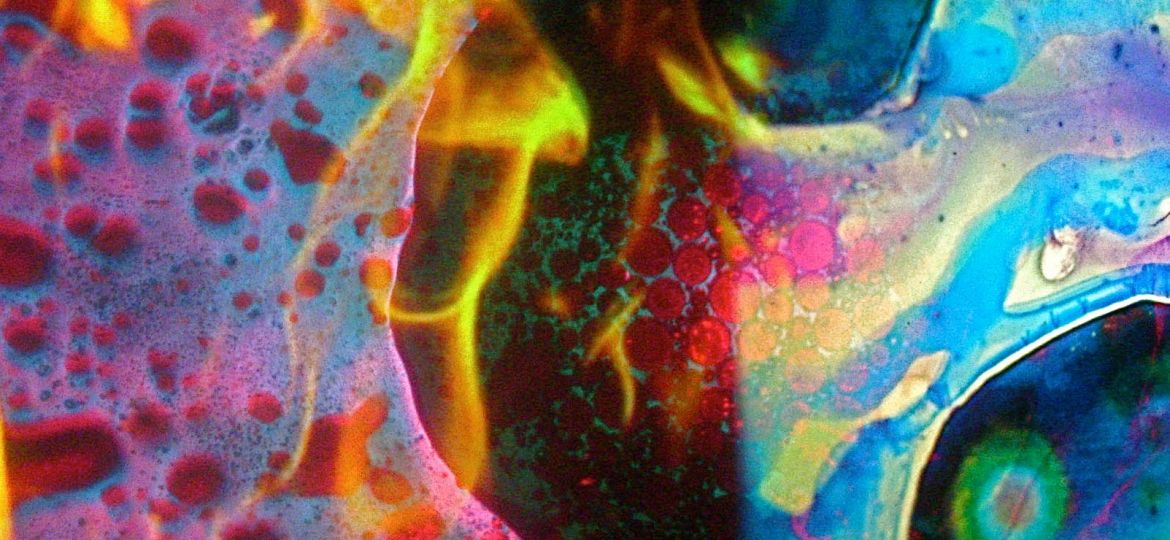
WHY THIS MATTERS IN BRIEF
Light can behave in strange ways but now that scientists have managed to turn it into a superfluid at room temperature we could see new breakthroughs in communications and computing.
Light only travels in straight lines, or does it? Scientists have known for centuries that light is composed of waves, but the fact that light can also act like a liquid, that is rippling and spiralling around obstacles like the current of a river, is a much more recent discovery that is increasingly an area of extensive research. However, as you’d expect the “liquid” properties of light only emerge under special conditions when the photons that make up the light waves are able to interact with one another.
On Tuesday researchers from CNR NANOTEC of Lecce in Italy, in collaboration with colleagues from the Polytechnique Montreal in Canada have shown that when light is, in their terms, “dressed” with electrons, in the same way that you or I might put on a suit, an even more dramatic effect occurs – light become superfluid and becomes completely frictionless as it flows across or around an obstacle, reconnecting behind it without any ripples whatsoever.
Daniele Sanvitto who led the experimental research group that observed this phenomenon, said that “Superfluidity is an impressive effect and that it is normally only normally observed in liquids at temperatures that are close to Absolute Zero, or -273 degrees Celsius, such as in liquid Helium and ultracold atomic gasses.
“The extraordinary observation in our work is that we have demonstrated that superfluidity can also occur at room temperature, under ambient conditions, using light matter particles called polaritons,” he said.
“Superfluidity, which allows a fluid in the absence of viscosity to literally leak out of its container”, adds Sanvitto, “is linked to the ability of all the particles to condense in a state called a Bose-Einstein condensate, also known as the fifth state of matter, in which particles behave like a single macroscopic wave, oscillating all at the same frequency. Something similar happens, for example, in superconductors – electrons, in pairs, condense, giving rise to superfluids or super-currents able to conduct electricity without losses.”
The greatest feat of these experiments, other than the fact that the team have literally managed to turn light into “liquid,” was the fact that it look place at room temperature and this means that the new discovery could end up being used to help create the next generation of photonic devices such as computing systems and communications equipment.
“To achieve superfluidity at room temperature, we sandwiched an ultra thin film of organic molecules between two highly reflective mirrors. Light interacts very strongly with the molecules as it bounces back and forth between the mirrors and this allowed us to form the hybrid light-matter fluid. In this way, we can combine the properties of photons such as their light effective mass and fast velocity, with strong interactions due to the electrons within the molecules. Under normal conditions, a fluid ripples and whirls around anything that interferes with its flow. In a superfluid, this turbulence is suppressed around obstacles, causing the flow to continue on its way unaltered,” said Stéphane Kéna-Cohen, the coordinator of the Montreal team.
“The fact that such an effect is observed under ambient conditions”, she added, “will spark an enormous amount of future work, not only to study fundamental phenomena related to Bose-Einstein condensates with table top experiments, but also to conceive and design future photonic superfluid based devices where losses are completely suppressed and new unexpected phenomena can be exploited”.
And there you were – thinking that light only travelled in straight lines. Silly you.
















